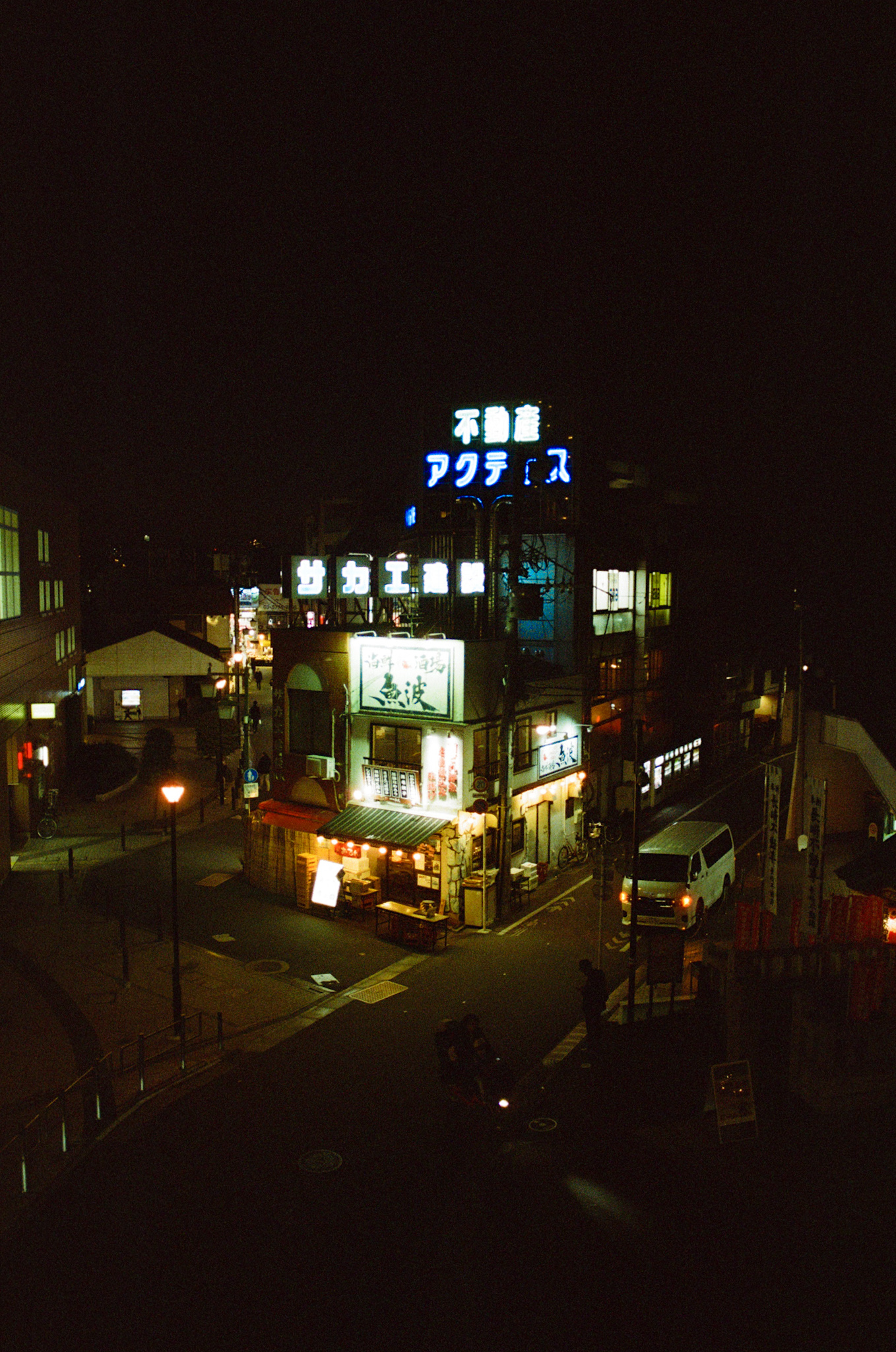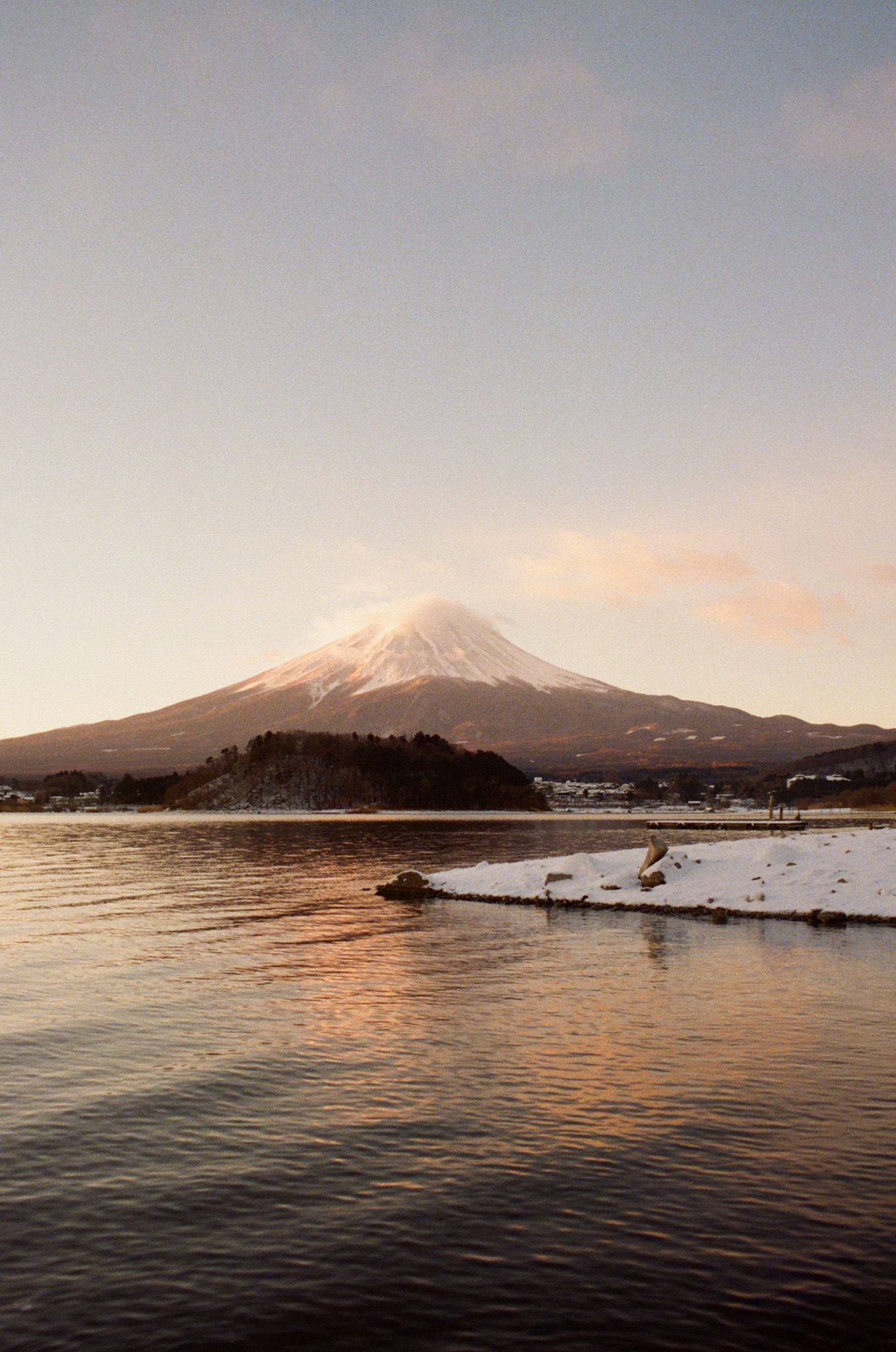It’s been a while since my last post, and probably the two readers of my blog have thought that I gave up on analog photography. While that has crossed my mind every time I had to open my wallet ever wider to buy film, I’m still hanging on to this expensive hobby. I mean, someone has to keep big American corporations like Kodak alive, right?
Sarcasm aside, it’s been quiet on the blog, but Captain Click has been very busy traveling to Japan. It was a work trip, so free time was limited—but there were still plenty of weekends to enjoy this magnificent country, with its beautiful people and landscapes.
During the nearly two months in the Land of the Rising Sun, I’ve traveled to Tokyo and it’s surroundings such as Mount Fuji, Osaka and Kyoto, and all of these places produced some wonderful photos that I’ll be posting here.
Akibara in Tokyo
Every tourist blog will have this neighbourhood on top of the things to do in Tokyo list, and for good reason. It’s mainly known for it’s electronics stores, large arcades, anime and it’s colourful buildings, a must see while in town. I’ve got there rather early on my first morning, and despite the jet-lag, Captain Click and I had a nice moment, and some cool photos came out of that session
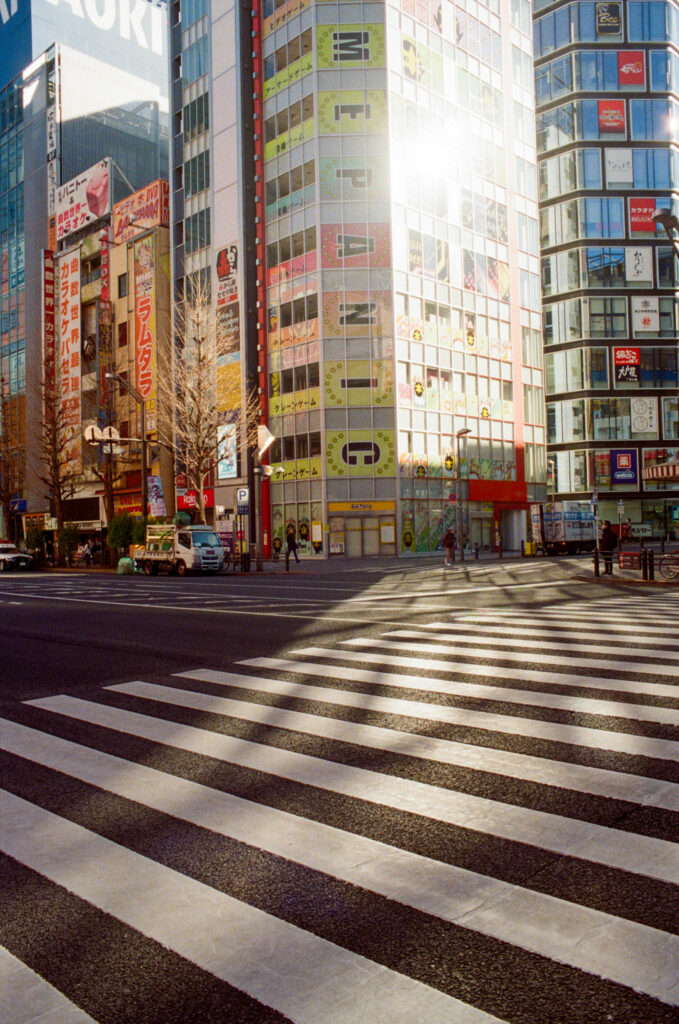
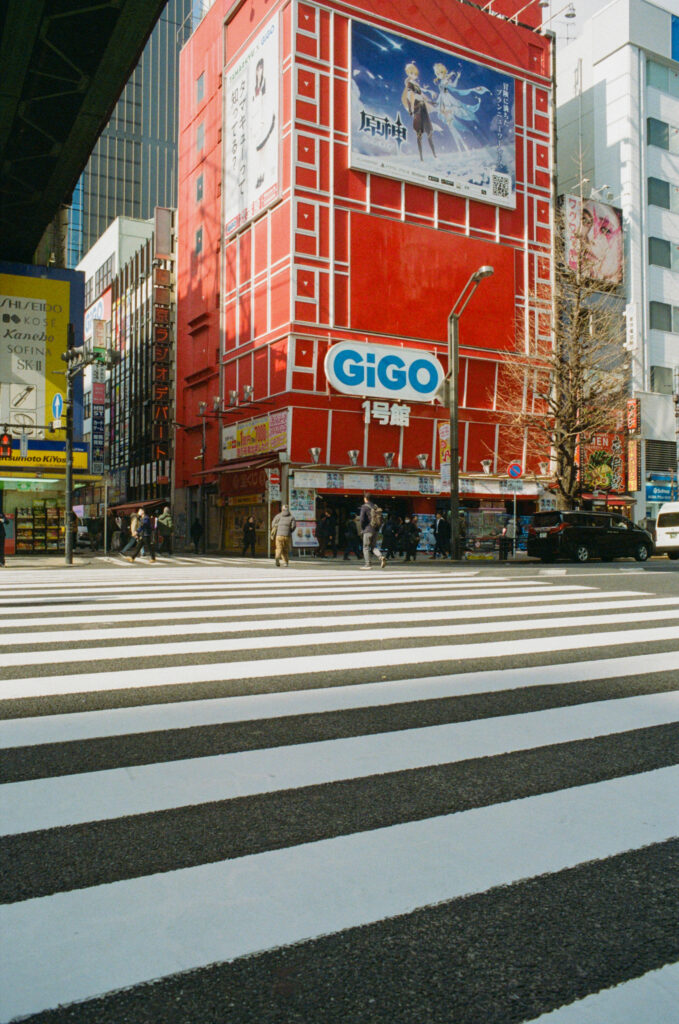
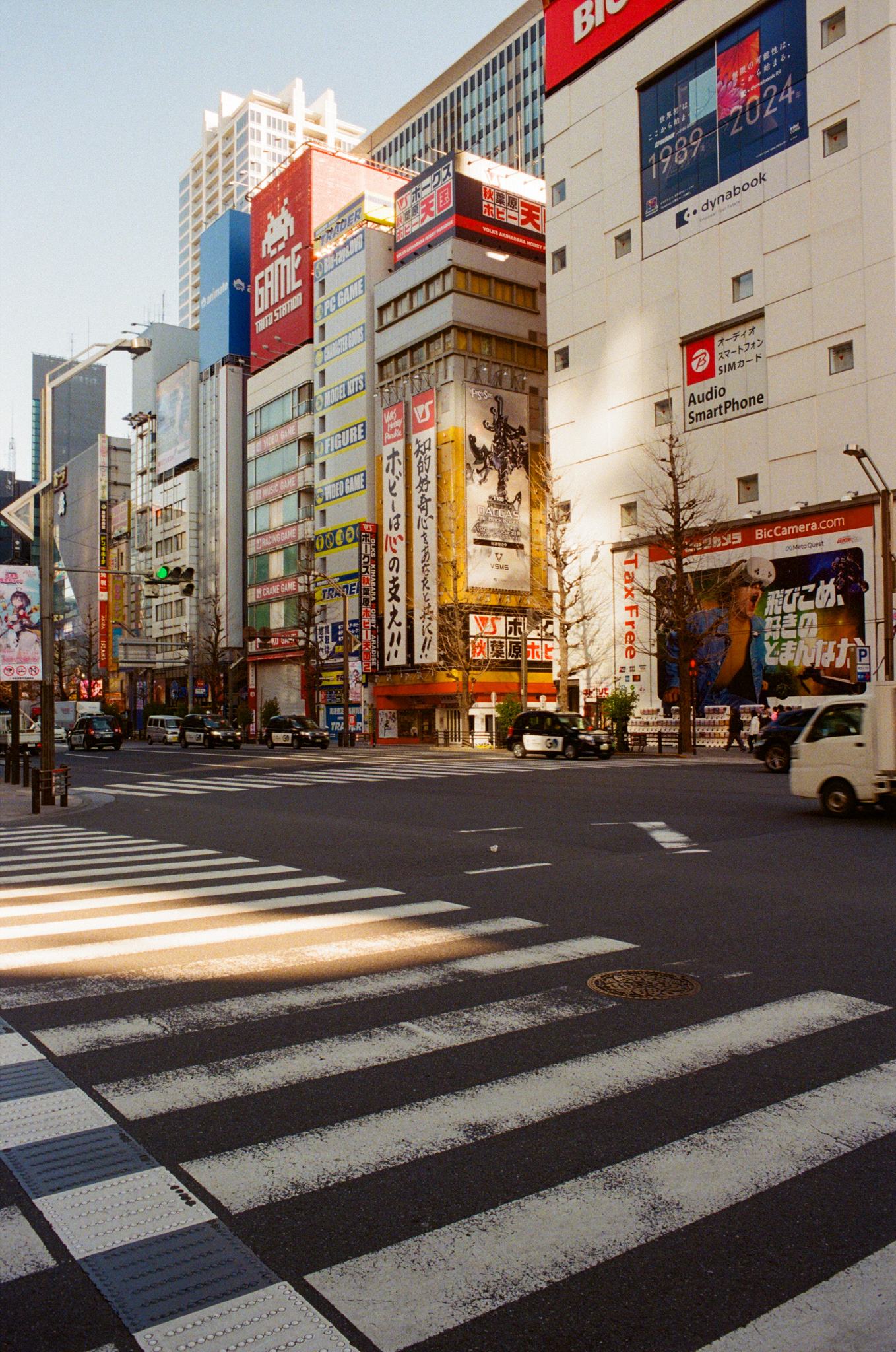

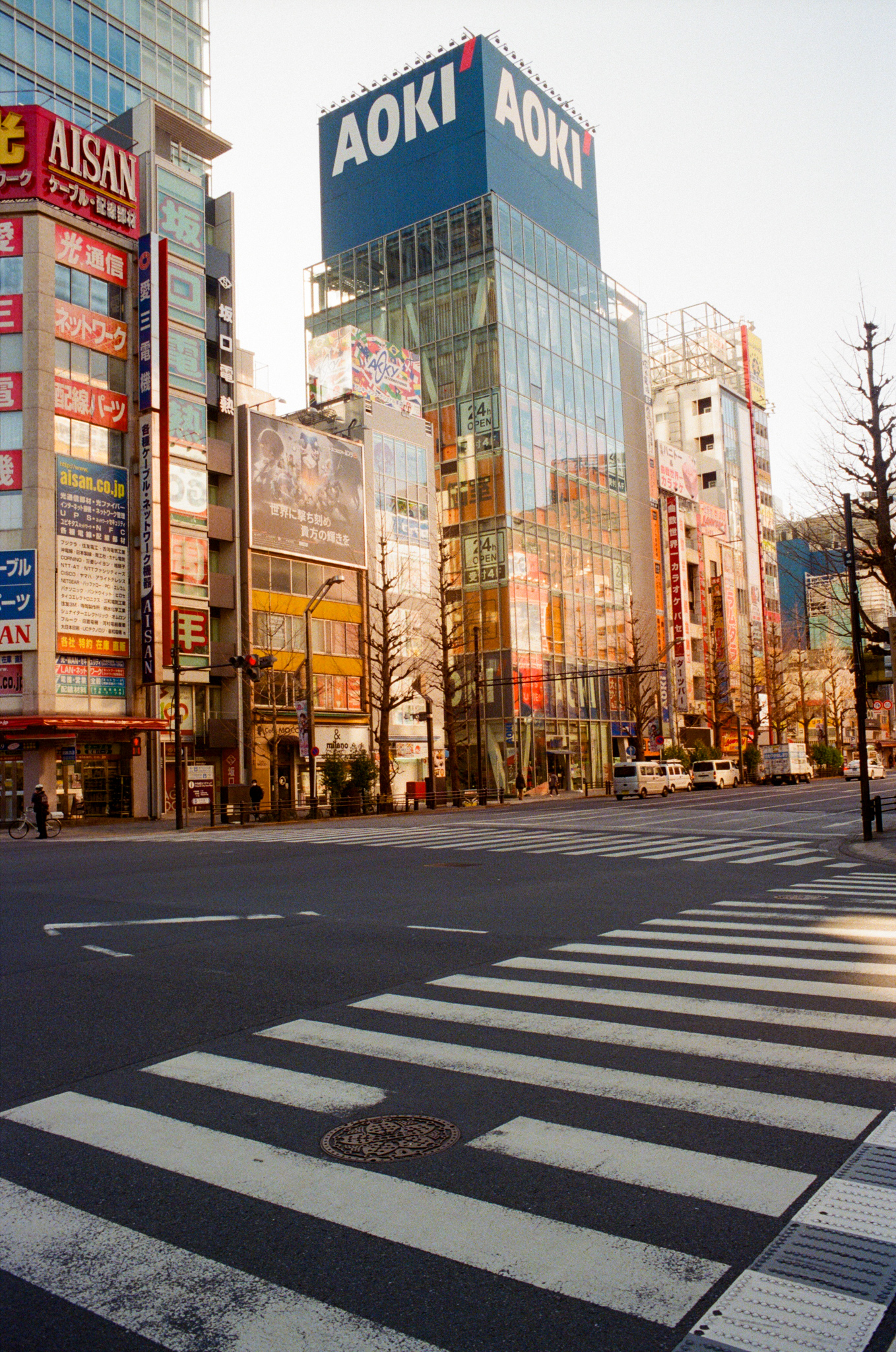
Kawagoe warehouse district
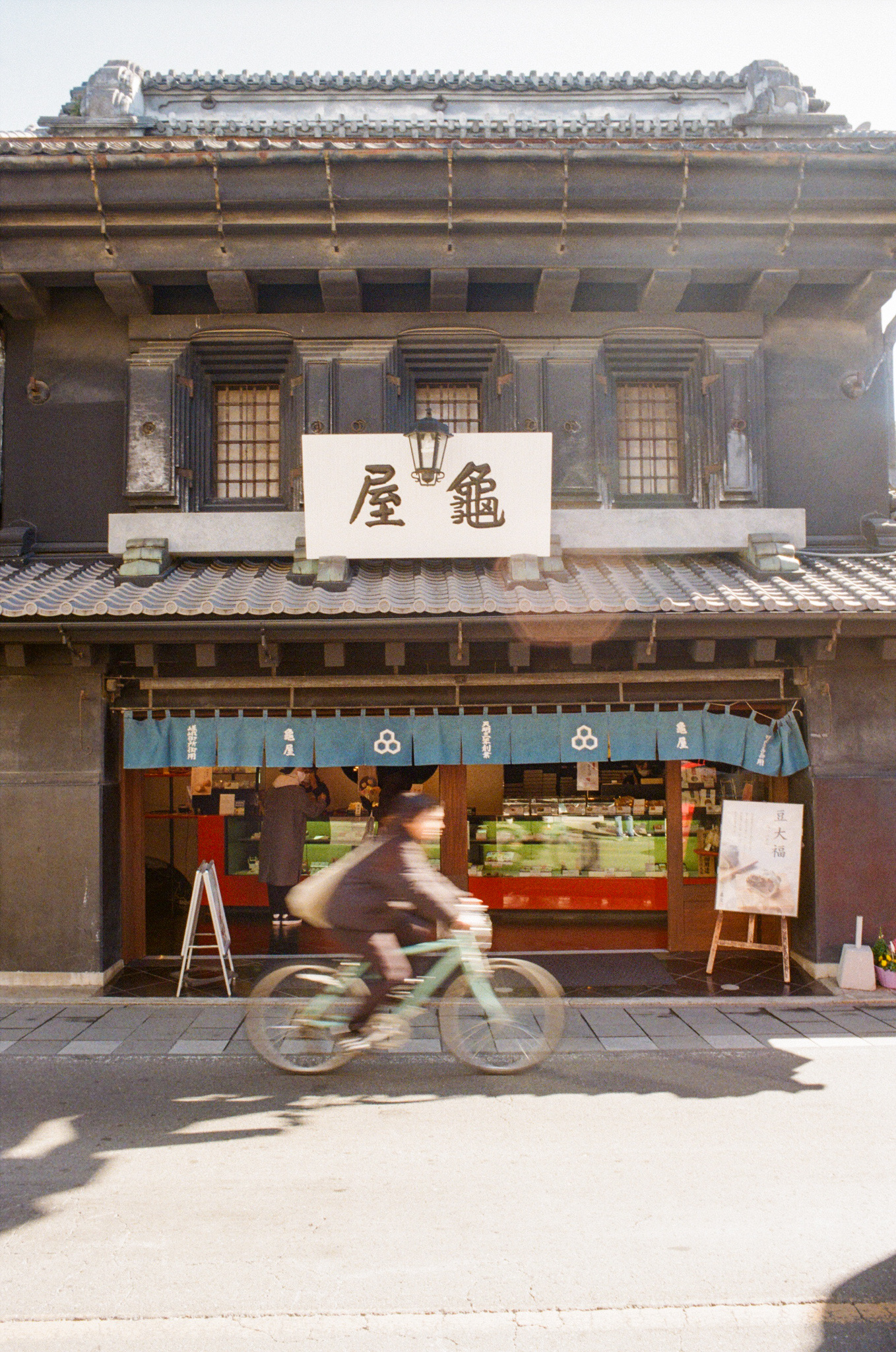
Anyone who has been to Tokyo has probably noticed that the city lacks old and historic buildings. This is largely due to the fact that Tokyo has undergone multiple major disasters, including earthquakes followed by citywide fires, and, of course, the extensive bombings during World War II. However, the Kawagoe area managed to escape these destructive forces, and to this day, it still preserves many beautiful old buildings. The city is also called “Little Edo” because it gives us a glimpse of what Edo (modern-day Tokyo) must have looked like.
Despite the long travel time from central Tokyo, my Sunday morning visit to this place remains one of my favorite memories from the trip. There’s just something special about places in Japan that haven’t yet been overwhelmed by foreign tourism. I especially appreciate how locals are always quiet, respectful, and generally very aware of their surroundings, making sure they’re never bothering anyone. Among many other things, this is something the world could truly learn from Japan.
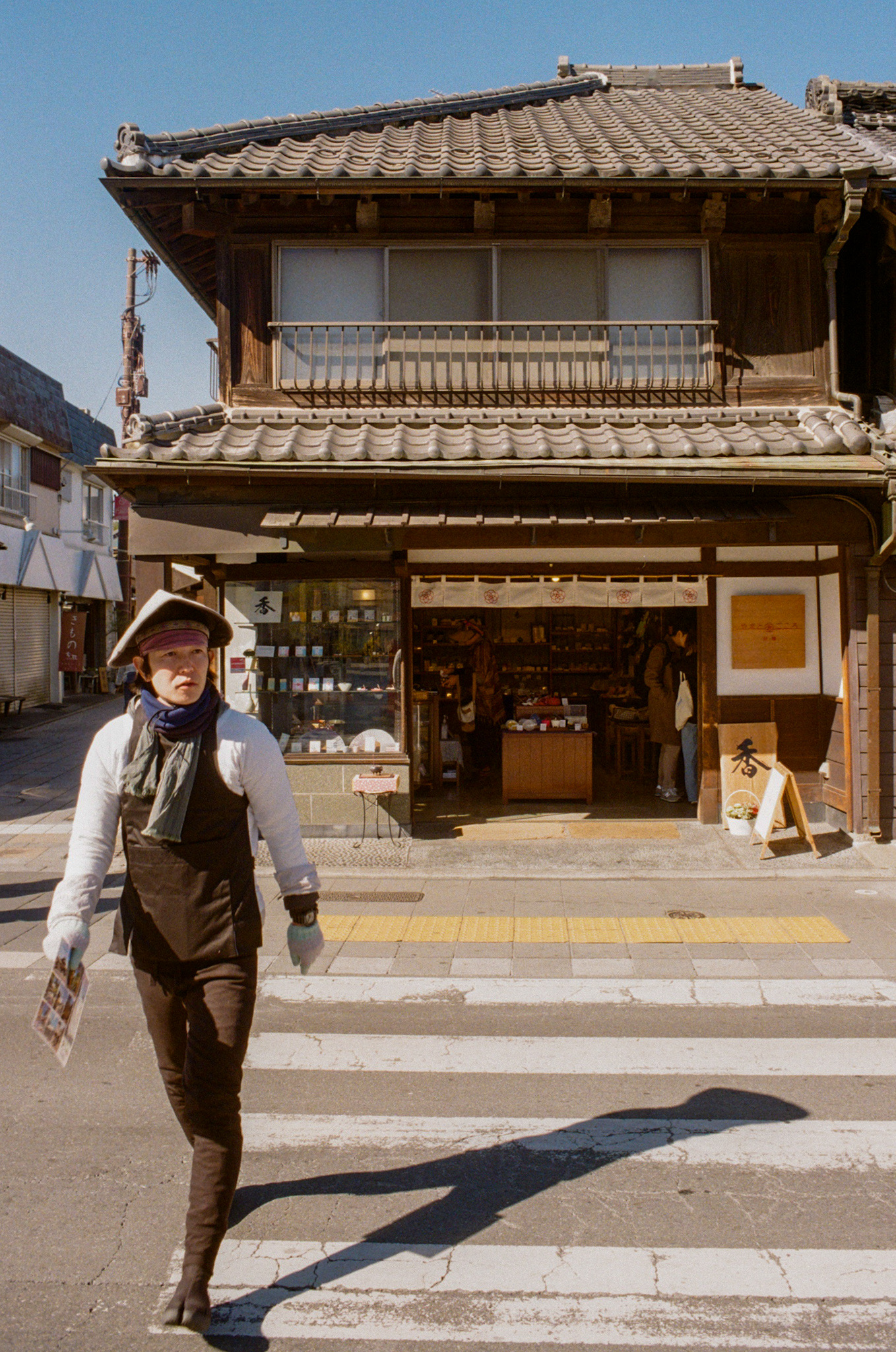


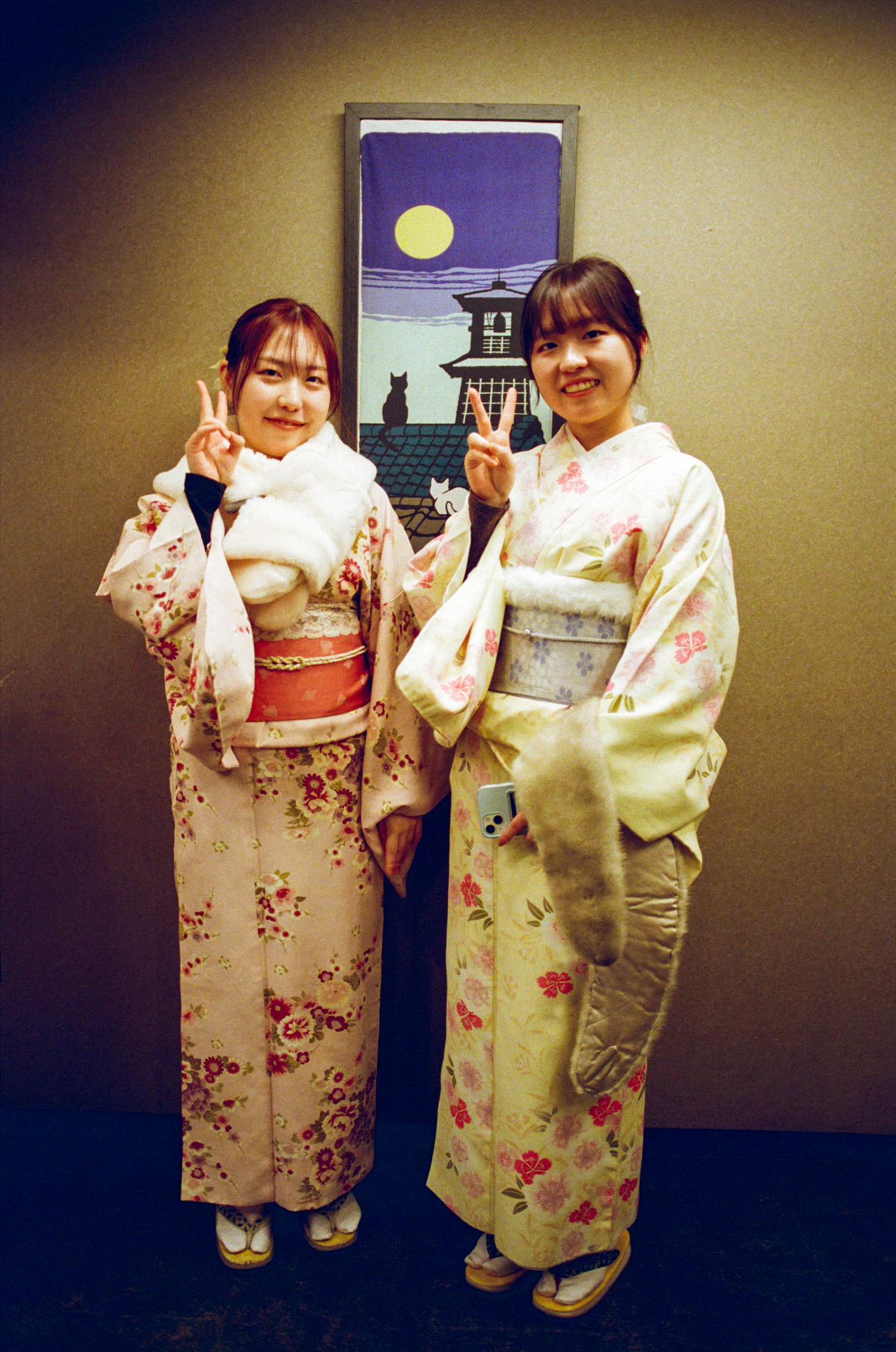
One of the most popular things to do in Kawagoe is visit Candy Street—an area full of merchants selling various local delicacies, mostly based on sweet potatoes or matcha, two staples of Japanese desserts. What I especially appreciated were the small portion sizes, which allowed me to sample multiple treats without feeling guilty afterward. Just another thing for the world to take note of.
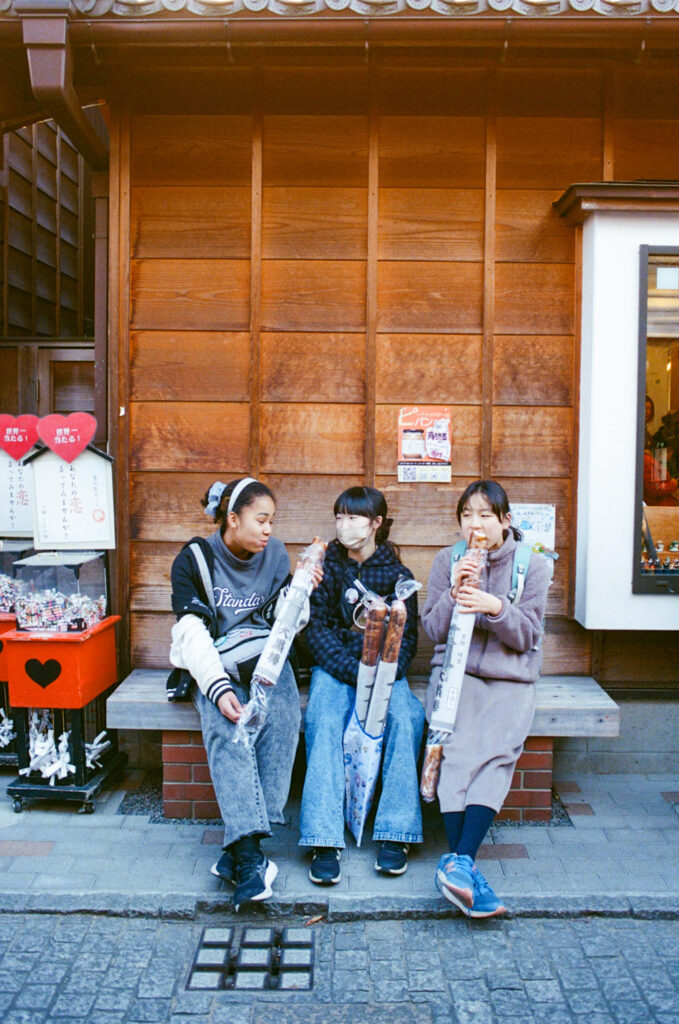
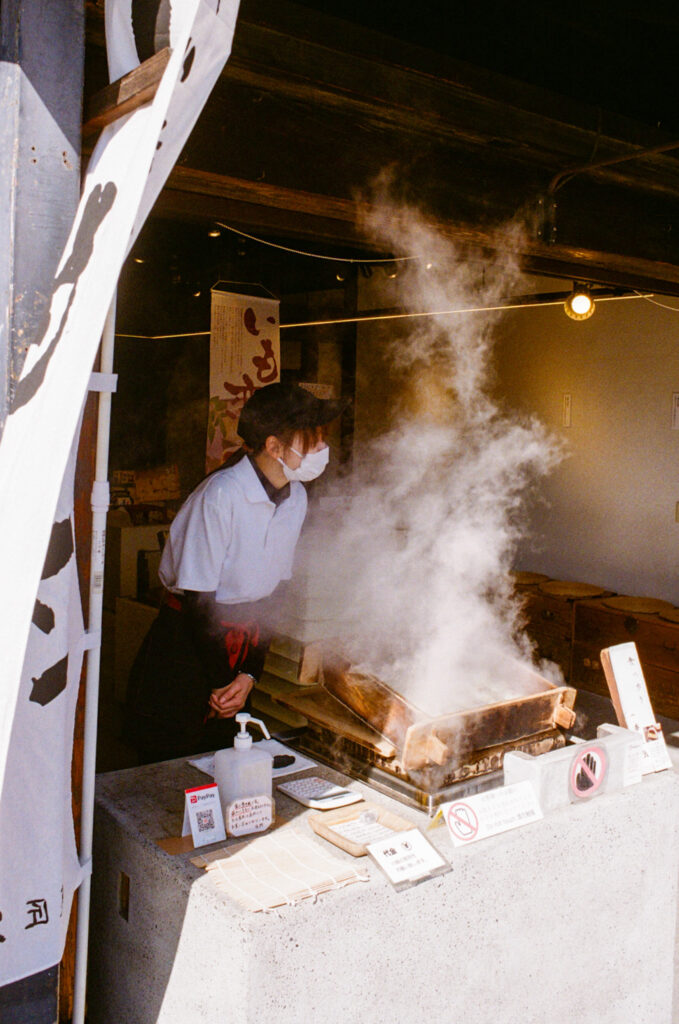

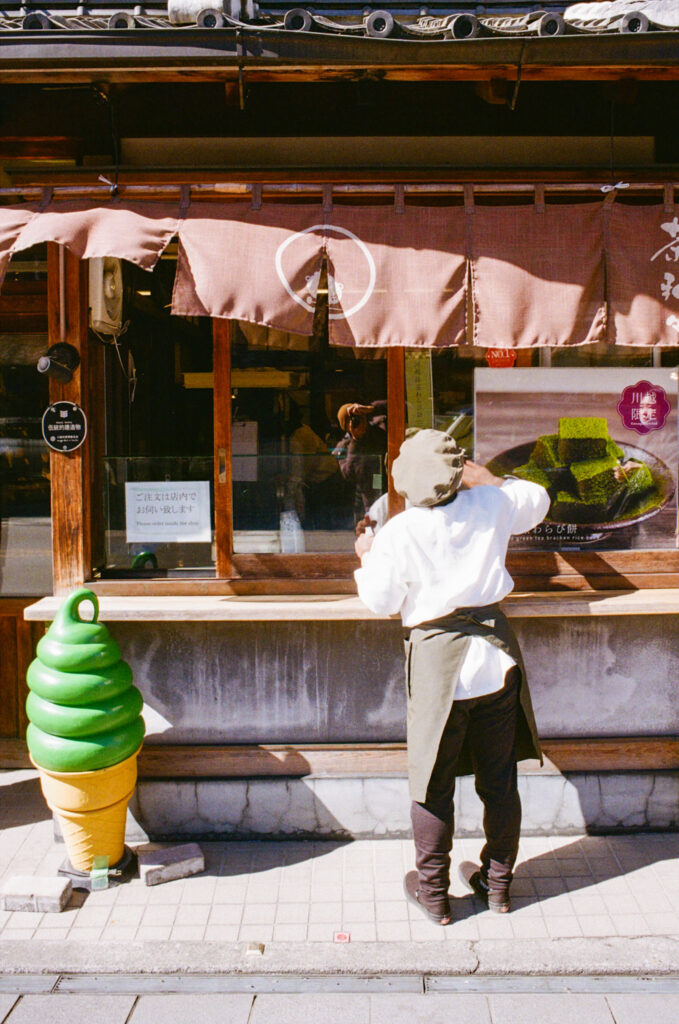
Views over Fuji-san
On my previous trip to Japan, I couldn’t care less about seeing Mount Fuji, as I was telling myself, “It’s just a mountain, what’s the big fuss about it?” Oh, how young and silly I was (the latter I still am, but slightly less). Little did I know how important this mountain is in Japanese culture, and how much respect locals have for it. And for good reason—because not only is it spectacular, but it also has far-reaching spiritual significance.
In order to get a perfect view of it, I decided to leave Tokyo on a Friday night, sleep at a hostel near Lake Kawaguchi, and wake up before sunrise to capture the beautiful landscape at golden hour. And yet again, the early bird caught its worm, because it turned out to be a perfect day with clear skies and a fresh layer of snow.

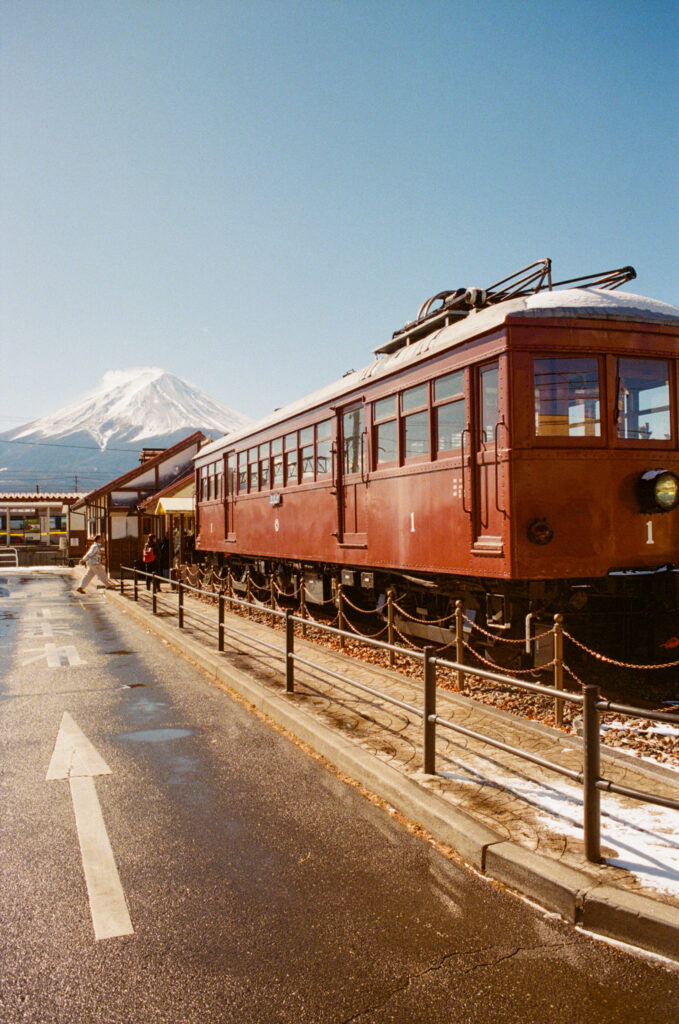
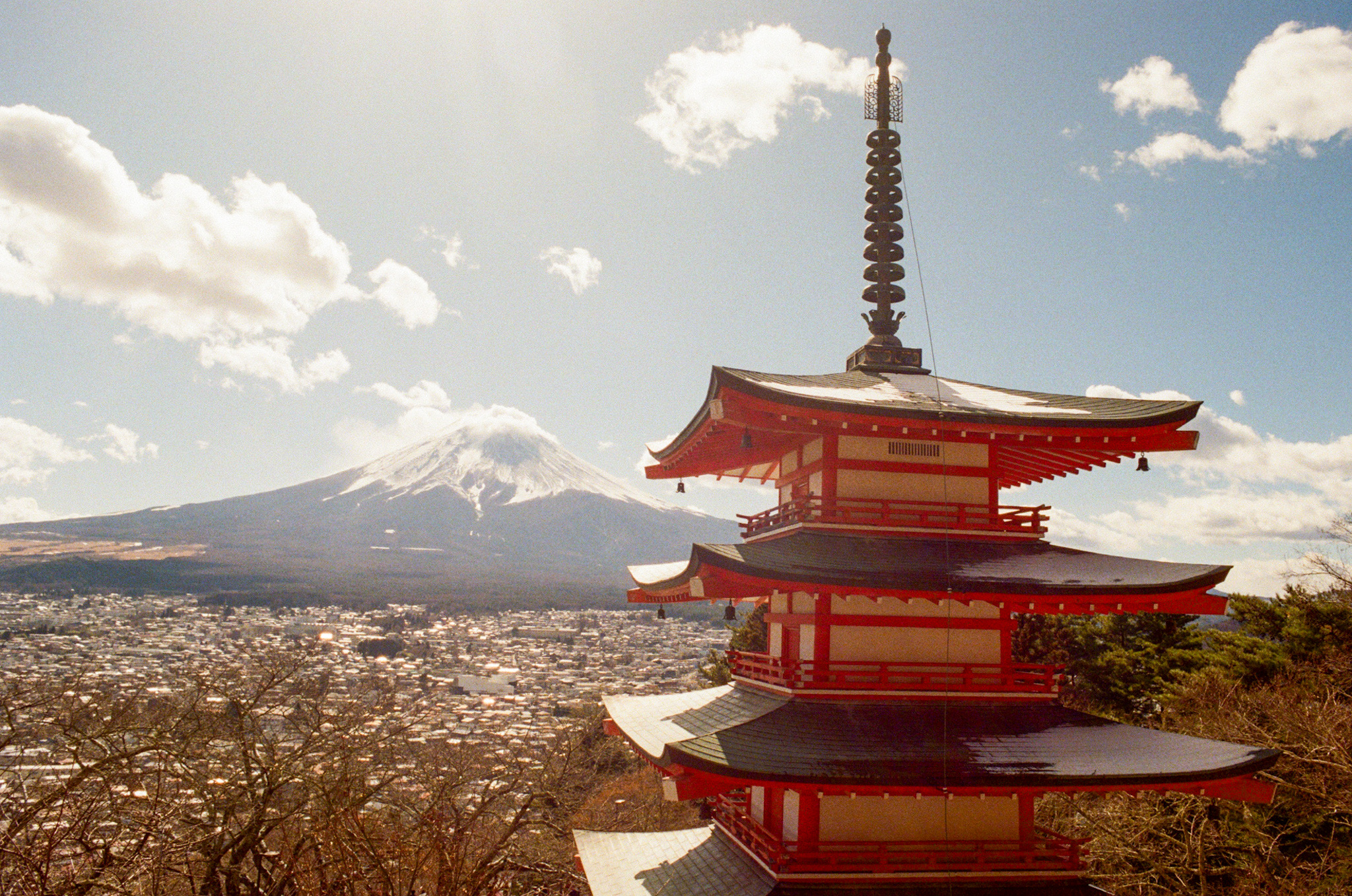
Tokyo at night
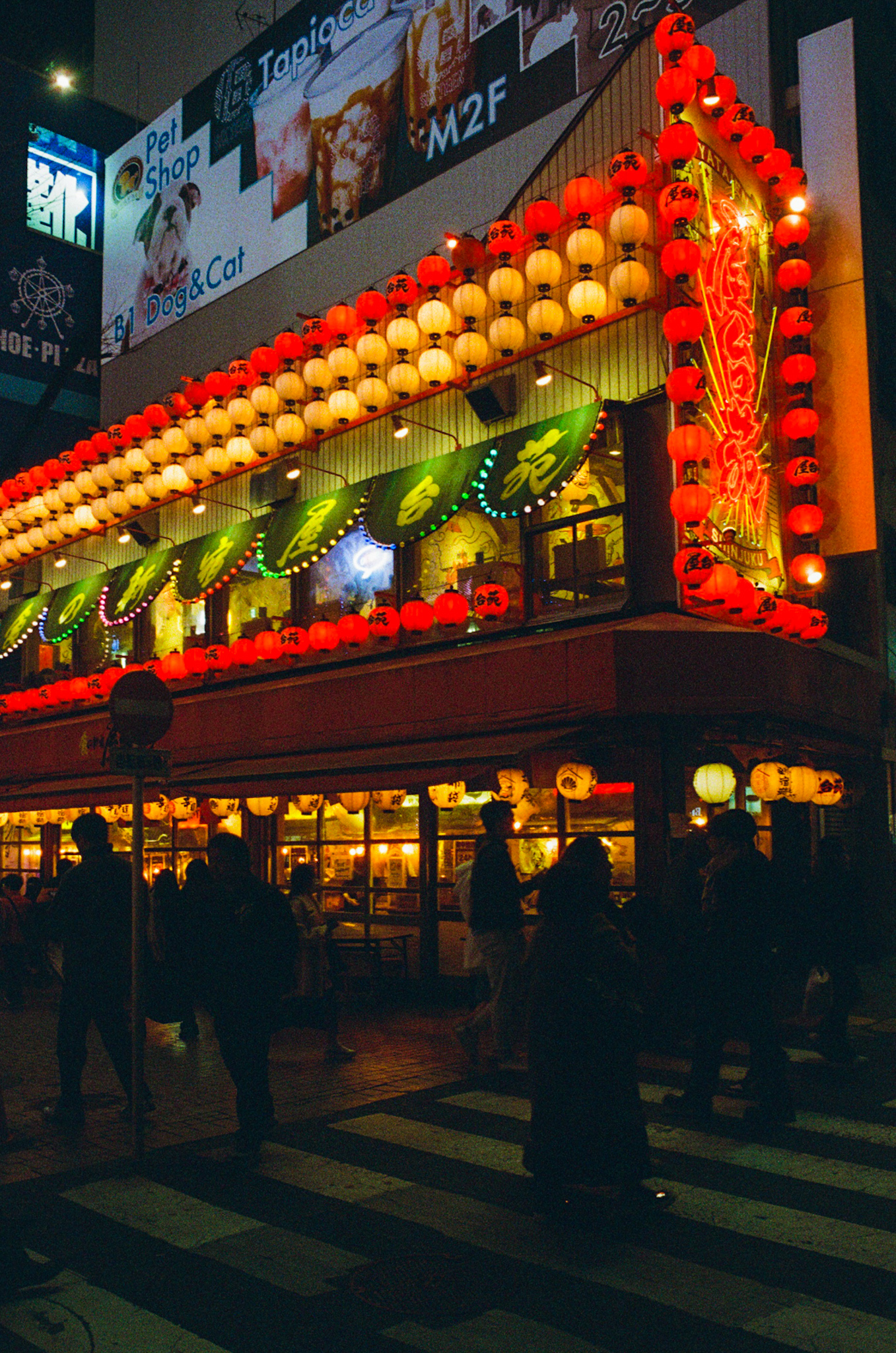
Next up on Average Photography with Stefan is a roll of Portra 800 shot at night and pushed to 1600 ISO. It’s a first for me, as I’ve never shot at night—neither with digital, let alone on film. And I’ve also never pushed film, so I had no expectations of anything meaningful coming out of this roll, but the results could’ve always been worse.
One of the first stops was Omoide Yokocho, also known as “Memory Lane” because it creates a strong sense of nostalgia for locals, reminding them of post-WWII Tokyo. Today, it remains a main attraction in Shinjuku, drawing both tourists and locals for its izakayas—small, traditional, tapas-style restaurants.

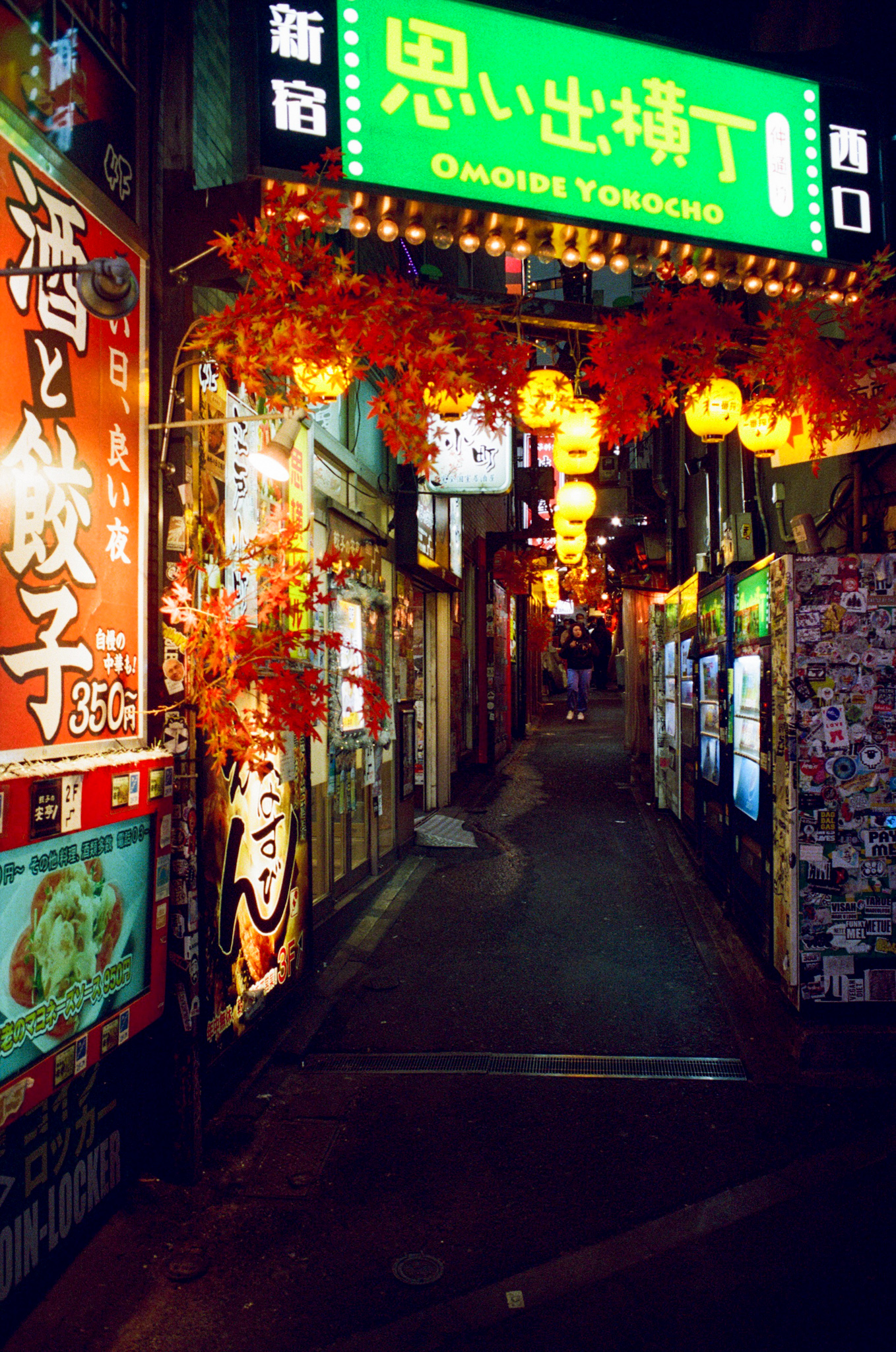
Just a short walk away from Memory Lane, Golden-Gai similarly features narrow alleys but this time with very small bars only, often with only 3-4 seats, offering a very intimate atmosphere for the visitors.
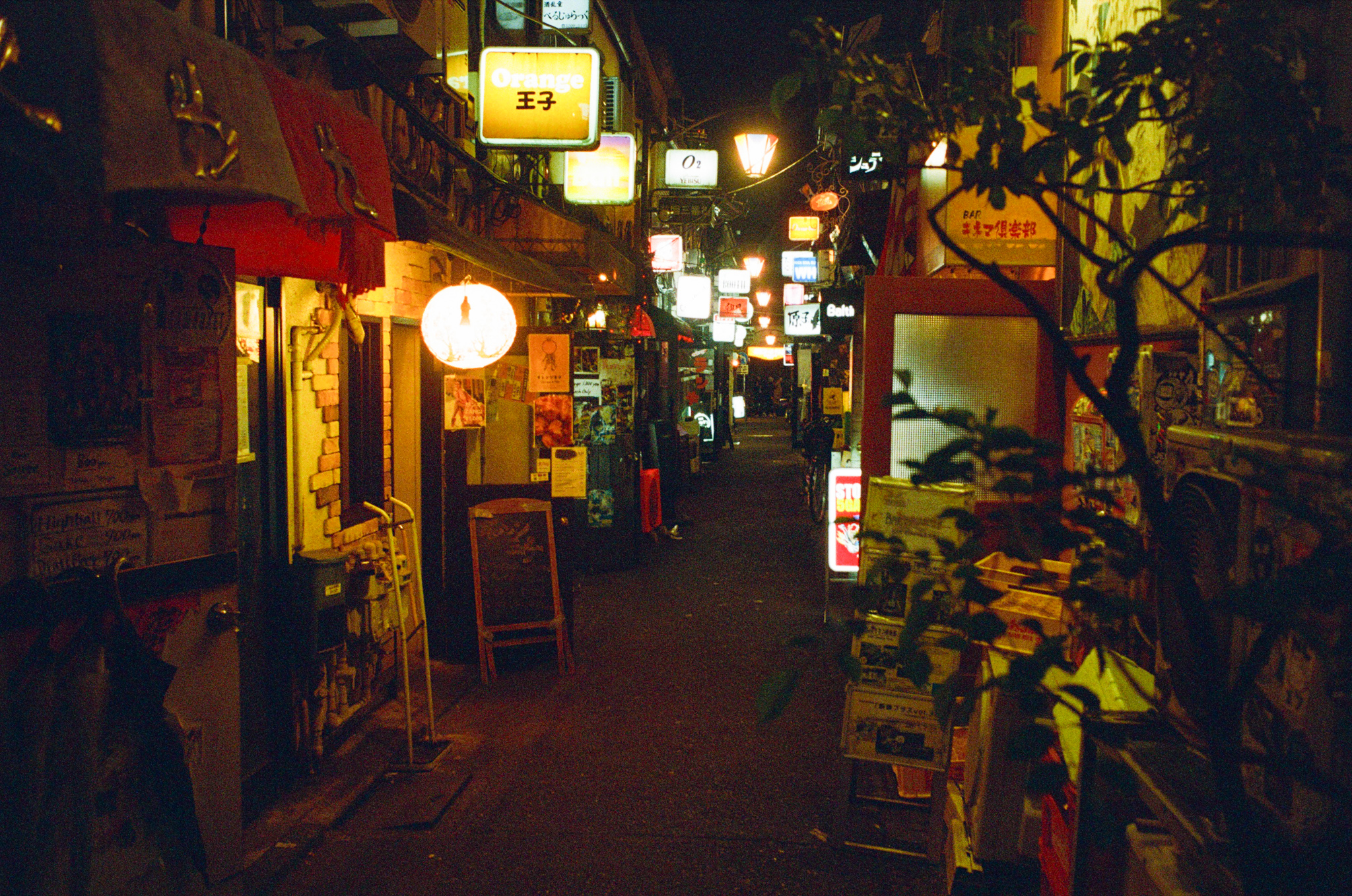
The final stop was a bit further out, known as the Uonami Fish Bar. It’s a quirky building that’s both rustic and, at the same time, cyberpunk-ish due to the neon lights surrounding it, making it a very popular spot for photographers. I love both photography and seafood, so for me, it was two birds with one stone at this location.
